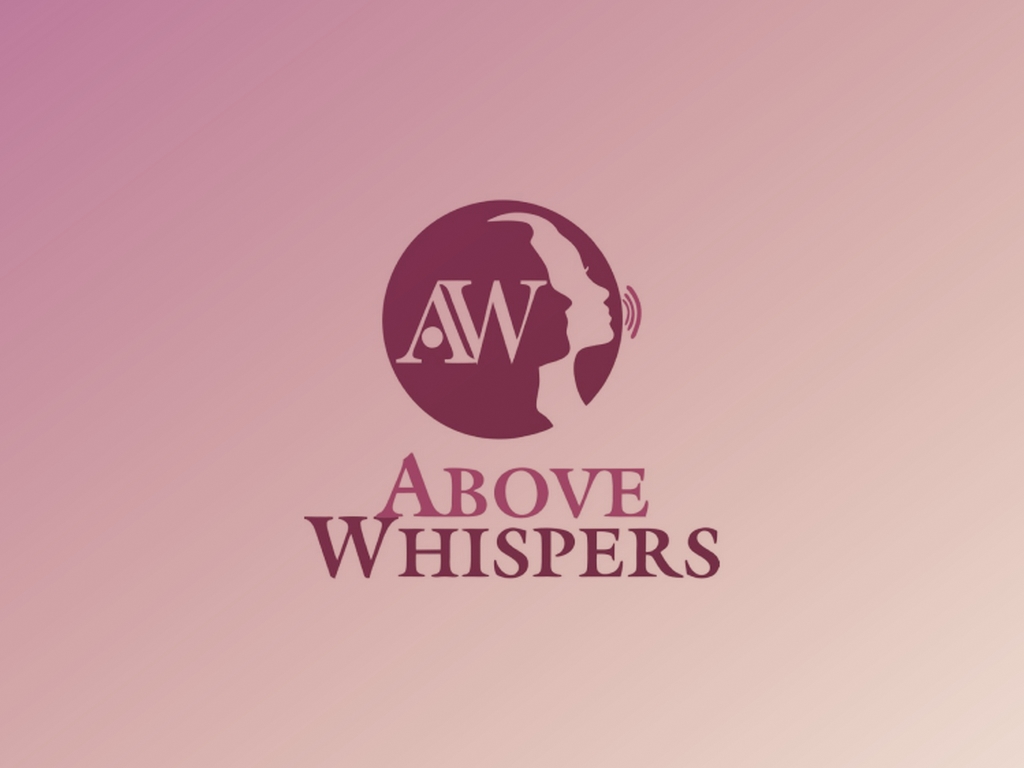An unhealthy, dangerous or otherwise toxic work space is known to deter workers from innovation and damage a company’s reputation. Entrepreneurs have a responsibility to ensure that working environments keep employees safe, satisfied and positive so they can remain productive and innovative on the job.
With the focus on workplace health management programs, along with the emergence of AI technologies, it’s crucial to understand how these disruptive tools will affect the health — mental, social and physical — of workers across various sectors.

AI is promising to change the way workplaces operate, but will it be a force for good or disrupt workplace culture in negative ways? With the expectation that AI will create a $190.6 billion market by 2025, it could be a tool used to provide healthier, more productive, and accessible work environments for all employees.
From hazardous to healthy
Toxic work environments, whether physically or mentally toxic, can take a toll on workers’ well-being and productivity. It’s estimated that companies lose up to $300 billion annually because of absentee workers with high stress levels, according to the American Institute of Stress.
Surveys and workplace trends have pointed to the fact that emerging technologies, like AI, can play a significant role over the next several years and beyond. For example, they can effectively adopt meditative practices into the workplace, employee support, and improvements to communication to name a few. Strategic health-focused strategies can align employees’ well-being and the company’s mission, vision, and core values.
Companies are beginning to implement more health initiatives to retain employees and revenue. Surveys and research including a 2017 study from the American Psychological Association Center found that 61 percent of working Americans experience chronic work-related stress.
Well-being technology in the workplace
Already, well-being technology is upending the way workplaces run. A series of workplace innovations are integrated with workforce monitoring, trackers, digital platforms, and occupational health and safety technologies. Cloud platforms integrate an organization’s wellness programming into the company’s digital infrastructure, all while capturing data that engages with employees across the business, and actively communicating information with them. Platforms, trackers and workforce monitoring tools are interconnected via wearable or app-based activity tracking devices and, with the help of AI, they’re about to get even better. Emotional well-being technology is also on the rise in workplaces. Apps like Ginger.io provide emotional counseling with the help of AI pattern recognition platforms.
These device capture employee information through employee input or an automated tracker, but some e-health companies now offer metrics and action plans on combined outputs with real-time advice and guidance through big data and machine learning. Companies like Glint use AI and natural language processing to capture and analyze qualitative data from various sources.
According to a report on The Future of Technology in Workplace Wellbeing from Up rise founder Dr. Jay Spence, early evidence suggests that tech is acceptable and positively affects outcomes in the workplace.
However, companies still have a long way to go to make technology an enabler of office health. A recent Colliers study has found that only 26 percent of companies subsidize the cost of fitness-tracking tools to support employee health and fitness such as Fitbit trackers, but this number is expected to increase significantly by 2020.
In other areas, for example, AI-enabled wearable tools imbued with machine learning algorithms and natural language processing can help identify workers who struggle with productivity or happiness in the office with the following approaches:
Cognitive insights
AI metrics can also identify patterns, referred to as cognitive insights. They can accurately process large troves of highly detailed employee data, while improving upon their predictive analytics for work behaviors and patterns as time goes on. Types of machine learning, deep learning specifically, can attempt to mimic human brain activity to recognize these patterns, even identifying images and speech. It configures higher probable matches in behavior amongst data associated with the same person or company, even if it’s in different formats.
For example, GE has utilized this tool to incorporate supplier data, saving $80 million with the elimination of redundancies and negotiating contracts as part of an employee business task. Overall, cognitive insights can target its insights for job performance when paired with wellness technology to identify behavior speech patterns and modes or working that are either unhealthy or dangerous to others.
Cognitive engagements
The Harvard Business Review also reports that companies surveyed in their study report using cognitive engagements to interact with employees even more so than with customers. Cognitive engagement provides employees with:
- Intelligent agents that can answer questions and provide support in an employee’s natural language
- Internal sites for answering employee questions on topics including IT, employee benefits, and HR policy
- Personalized and engaging communications between higher-ups and other employees
- Health treatment recommendation systems that allow companies to create customized care plans that considers the patients’ health status of workers and their previous treatments (which still remain confidential to the employer)
Workplace relationships
In terms of HR and employee relationships, AI can help provide smoother insights to create cohesive and innovative team dynamics. HR pros and CEOs, for instance, can use Etch, an AI-led contact manager that provides insights to identify the progress, roles, and projects for each employee through a data-filtered system. A unified database can be searched and filtered to offer intelligent information on an entrepreneur’s contacts and employees.

AI can also track and assess how well team members collaborate with each other. Humanyze, a startup, provides smart ID badges that track employees throughout the office, reporting data to employers on how well employees interact and collaborate during the day. Overall, AI can help increase the predictive power used in team collaboration and innovation. Although this may sound a bit intrusive, employers have been monitoring employees habits on their work computers since computers became popular. Besides, employees often passively consent to workplace surveillance when they sign their contracts.
With AI insights, employees and HR can build more trusting and smoother relationships that allow for improved transparency and innovation in the workplace, offering a healthier work culture.
Office design
In addition to workplace relationships and wearable tech, AI can also help improve physical and mental health through office design. Buildings that take advantage of AI provide an opportunity to personalize and create spaces that feel open and limitless for better productivity, transparency and safety.
For example, research finds that the human mind’s need to connect to nature increases productivity by 15 percent. But how does AI help?
AI can assess mood through personalized, input data or emotional well-being technology to determine if employees should need physical or environmental stimuli. Automated sensors systems built into offices could adjust the natural lighting of the building throughout the day.
AI can even remember to water plants. Autonomous internal watering systems like the Arudino Powered Watering System can give offices control over keeping their sustainable environments. And since the biophilic craze has become part of modern office design, Gensler’s Office Workplace Productivity survey suggests that including technology like AI is an essential tool to help workers determine how they’re working in these spaces with real-time data and updates advising when they need to move into different work spaces or take a break.
When it comes to safety, AI can also monitor and recognize movements and speech patterns that are considered dangerous or hazardous to employee safety. If there is an emergency, devices like Orion Lab’s Panic Bot will automatically notify teammates of emergencies or hazards. Benevolent intelligence software from the likes of One Concern can map an environment like a city or office so first responders know how to assess a natural disaster or emergency situation.
A healthy employee is a happy employee and with AI’s assistance and the workplace could become a solutions-driven environment that brings together the best qualities of each worker. A study conducted by The Workforce Institute at Kronos Incorporated found that four out of five surveyed employees think there is a significant opportunity for AI to create more engaging and empowering work spaces and experiences. While some may be unsure about AI’s place in the workplace, ultimately, it will be a tool used to reshape the way workers feel, operate, and produce quality work. AI could finally help us like work again.

